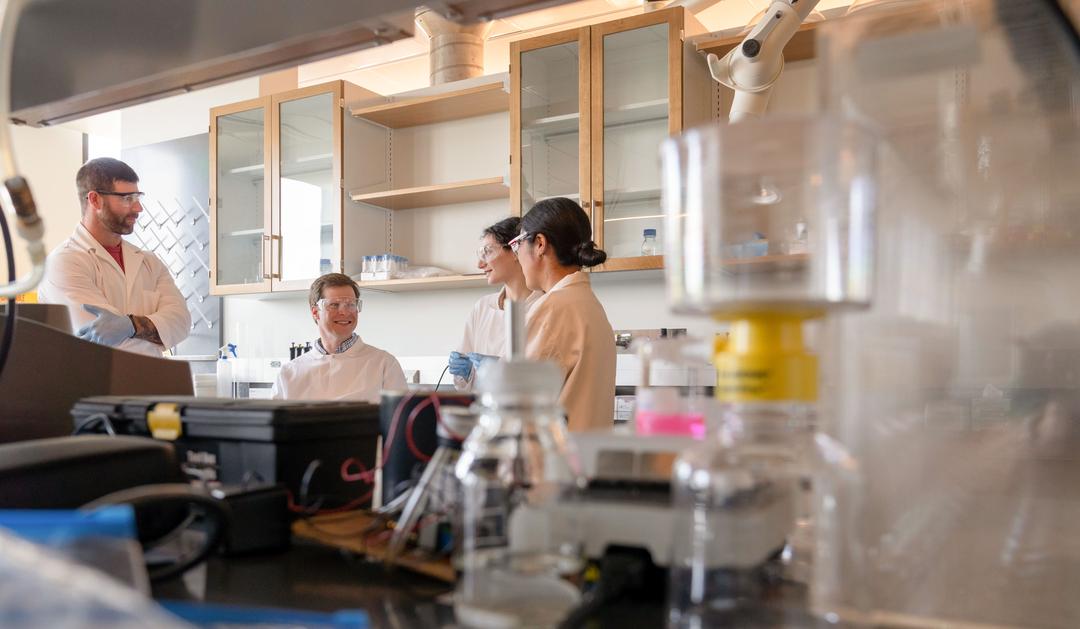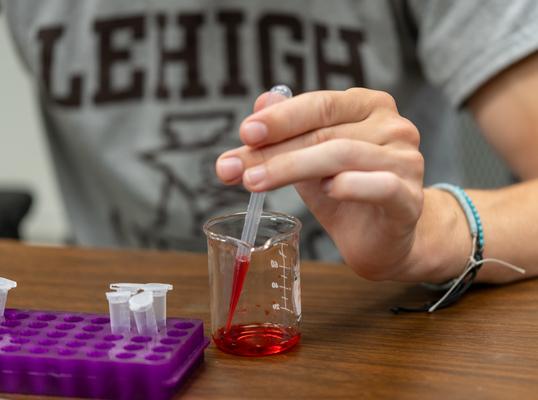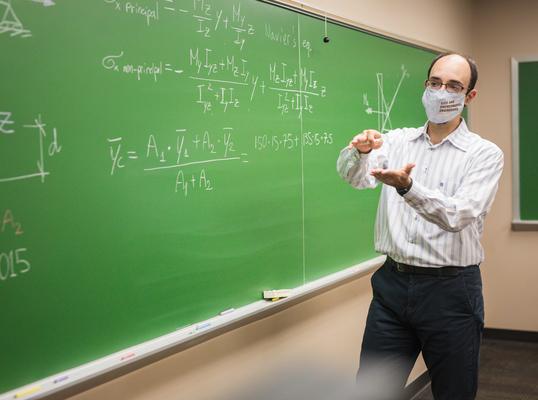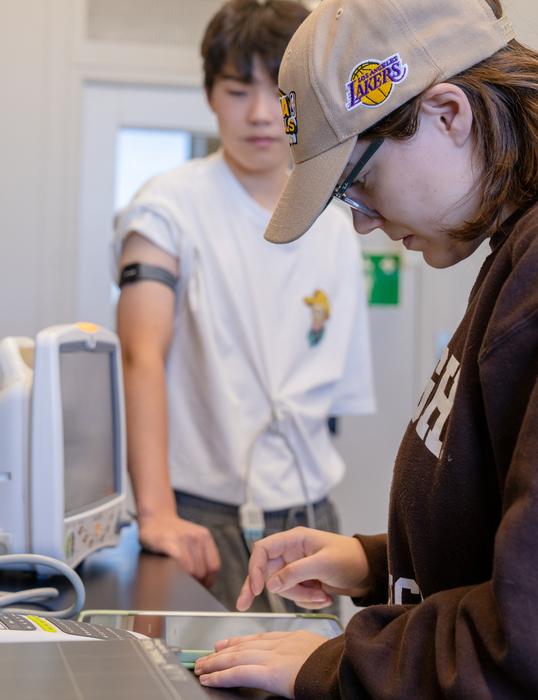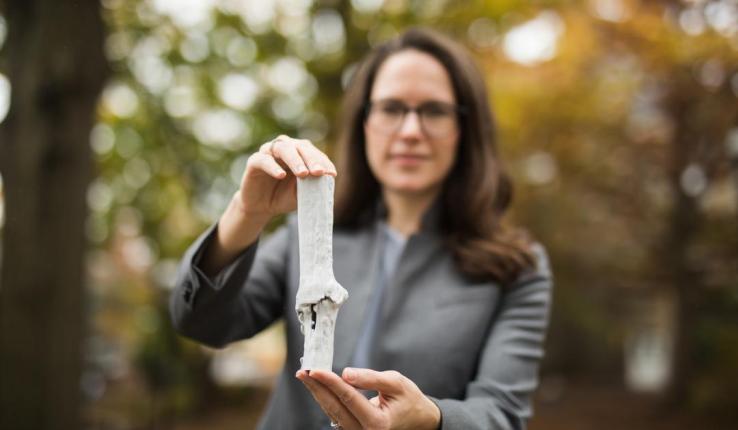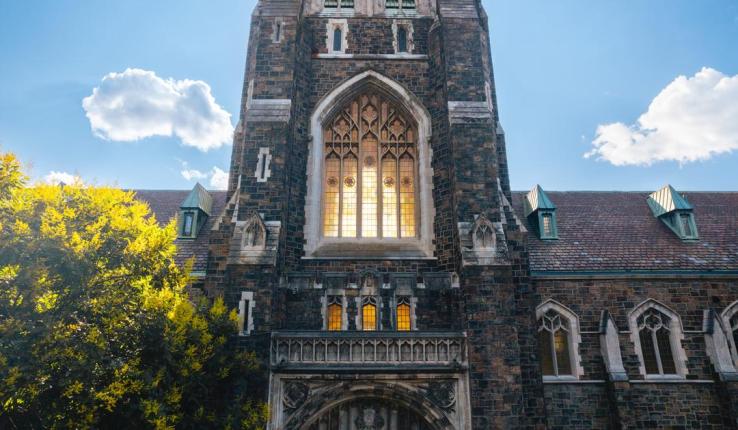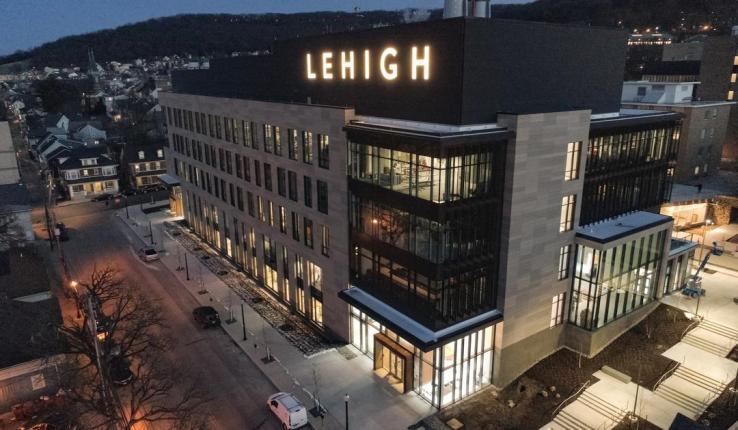Lehigh has long been recognized as a university that conducts significant research. Now it is among the top cohort of research institutions — a prestigious honor held by a select few of the nation’s colleges and universities.
Attaining R1 status, the highest level of research activity in the Carnegie Classification system, is a milestone that means a university conducts a “very high volume of research” and awards a large number of research doctorates, according to the Carnegie Classification. Lehigh is the only university in the Lehigh Valley to have the designation and one of seven in the state.
The classification will attract and retain top faculty, assist in securing funding for academic research and boost the cutting-edge research that attracts doctorate-level students, say Lehigh leaders. In addition to the prestige, leaders say it also will benefit the community as Lehigh continues to educate a highly-skilled workforce.
“Lehigh is known for research that pushes the boundaries of knowledge and innovation. That work aligns with the highest-level classification — R1,” said President Joseph J. Helble ’82.
“This designation is a national acknowledgment that Lehigh is a high-performing research university, ranking among the top institutions working to solve the world’s biggest problems. We look forward to continuing to expand our research with top faculty and inquisitive students who want to create real change in their communities and the world.”
The Impacts of R1
Each year, R1 institutions spend at least $50 million on research and development and produce at least 70 research doctorates. Lehigh was previously an R2, which classifies universities spending at least $5 million on research and development and producing at least 20 doctorates per year.
In 2023, the most recent data available at the time of the application process, Lehigh had awarded 94 doctorates. That same year, the university spent $56.3 million on research, up from $41.2 million in 2021. One of the goals of Lehigh’s strategic plan, Inspiring the Future Makers, is to double research activity over the next 10 years.


